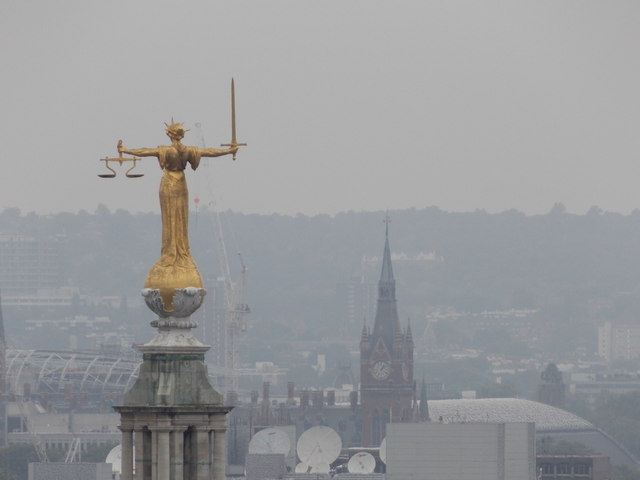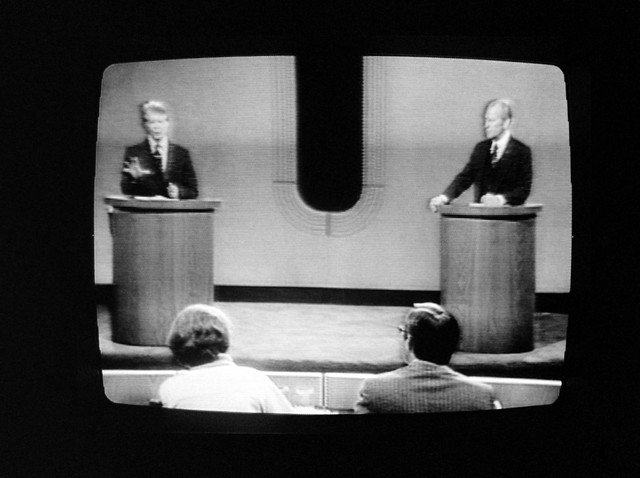अनुश्रुत AnuZ ruta
This is summary of discussion conducted by AnuZruta: the IIT Law School Knowledge club, which is students' initiative in Rajiv Gandhi School of Intellectual Property Law, IIT Kharagpur.
Removal of English
Language comprehension skills section from the UPSC Prelims Examination has
been the subject of continuous debates over the past some time. The team of
AnuZruta organised an open discussion on the same where every member put
forward their views and gave new dimensions to this issue.
A section of the
members sided with the UPSC candidates stating that English was not really
necessary when contemplating the aptitude of an eligible student. Stating how
the aptitude of a person does not depend merely on his language skills, the
members argued that the onus should be on providing an equal opportunity to
all, in which the English language can prove to be a hindrance. Members also
pointed out that at the end of the day majority of the Indian population is
Hindi-speaking, instead of English. In fact, interpreters could be used to act
as intermediaries wherever and whenever communication issues arise. Members
even gave examples of their personal experiences, and justified that English
was not needed for IAS officers posted in rural areas.
At the same time, there
were enough supporters of the view that English is a link language and hence, should be included in all major examinations
when forming the administration of our country. Giving examples of how Patent
claims, lawyers claims, official gazettes etc were written primarily in English,
the members debated that in the era of globalization the importance of English
can never be understated. CSAT tests the
knowledge of a candidate related to basic science and general knowledge, and
English too should be compulsorily included as a basis level. To counter the
statistic that India includes major Hindi-speaking population, these members
proved how majority of these candidates opt for an English-medium paper.
In the end, all members
put forward some common solutions to this row. All agreed that the UPSC
examination should be language neutral and a thorough survey should be
conducted to propose a new format of the exam. A common consensus was drawn to
harmonize the standard of English language taught in different states/boards so
as to give equal opportunity to all. It was also suggested that the course and
the exam could be segregated to test the English proficiency according to the
requirement of that candidate needing to know the language.
Team AnuZruta,
Rajiv Gandhi School Of
Intellectual Property Law,
IIT-KGP, Kharagpur.
Disclaimer: This blog or any post thereof
is not to be considered to be in any way associated with the official stand of
IIT kharagpur or RGSOIPL on the issues being discussed in the said post. The
opinions on the blog are the authors own and should not be considered as legal
advice.












